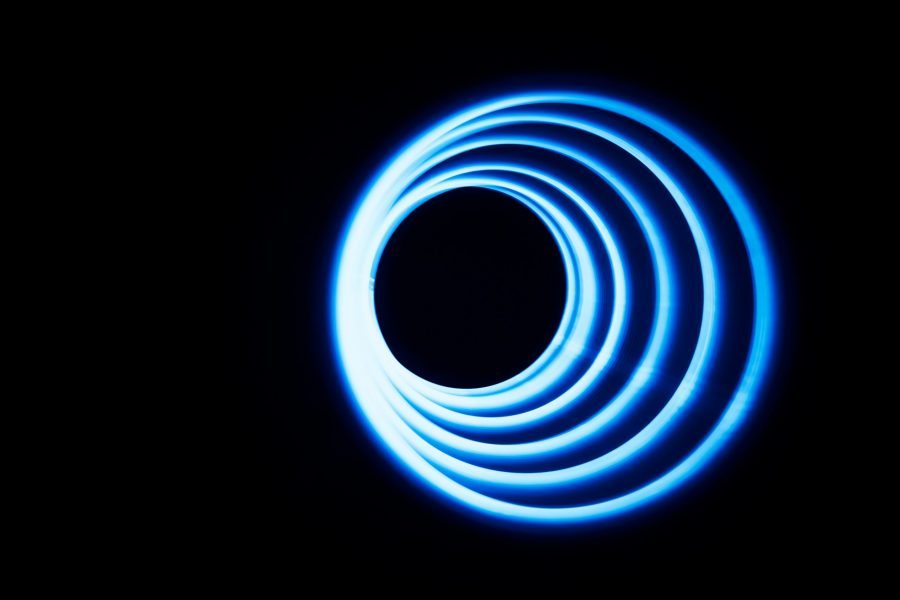The current harmonic is the electric voltage and current that can cause power quality issues on an electric power system. These harmonics can be controlled by using an energy analyzer also known as the grid analyzer.
Since the equipment and machinery might experience failure under high harmonic voltage and current levels, the current harmonic became an increasing worry for automation equipment users and engineers. Although the harmonics don’t make factory or office operations impossible, the level of impact depends on the durability of the power systems and the failure sensitivity of the equipment against the current harmonic.
The current harmonic causes various temporary or permanent problems including heat and efficiency loss in engines. The most intense symptoms caused by the harmonics are due to harmonics for fundamental 60Hz sinusoidal wave distortion commonly found in facilities. This sinusoidal wave distortion might lead to incorrect electronic equipment operation, false alarms, data losses and unexplained problems.

Post Content
Why Does Current Harmonic Occur?
The current harmonic is caused by the electronic equipment with non-linear loads or draws instant and short-pulsed current. The short pulses cause distorted waveforms and this leads the harmonic current to flow back to the other sections of the power system.
The harmonics are commonly seen when multiple equipment such as personal computers, laser printers, fax machines, photocopy machines, medical test equipment, florescent fixtures, uninterrupted power sources (UPS) and variable speed drivers are used on the same electrical system.
The current harmonic especially decreases the power quality, level and efficiency for a commercial business or an industrial facility. Generally, most businesses can operate with non-linear loads corresponding to 15% of the total electric system capacity. If the non-linear loads exceed 15%, there might be some invisible issues.
How Can You Diagnose Current Harmonic?
The most effective tool is to make a detailed power quality analysis to identify the voltage and current waveforms for the related frequency spectrums with an energy analyzer. A harmonic analyzer will be beneficial to determine whether there is any harmonics even if you don’t experience clear symptoms.
A grid analyzer is used to make a detailed analysis of the suspected source. By using this data, a value between 0% and 100% is calculated to identify the incorrect waveform without the adequate harmonic function level. This value shows the existence of the current harmonic.
TPM-01ESH series communication energy analyzer helps the technicians and engineers to verify the current harmonic from AC signals. This information can be used for preventing or decreasing equipment downtime and repair costs.

Possible Problems Due to Current Harmonic
The current harmonic especially causes various problems in terms of time. Idle time is often a cost for businesses. In addition to time, the equipment problems should also be considered for the current harmonic.
When it comes to the current harmonic, there are also other problems such as increased electricity consumption, power and energy loss (due to the Joule effect and magnets), the necessities to expand the facilities and halting the manufacturing process. The technical losses due to the current harmonics can be listed as follows:
- Capacity loss on the energy distribution line
- Transformer overload
- Voltage drops
- Transformer value loss
- Line and machinery losses due to Joule effect
- Magnetic losses in electric machines
The current harmonics which cause significant problems in terms of both cost and time must be considered by businesses where electrical current plays a key role in operations.
Transformers and Related Increased Losses
The current loss for transformers that supply the loads generating current harmonics is the dominant loss component in the transformers. This current loss proportionally increases with the harmonic current and the square of the corresponding frequency. The total transformer loss for a fully-loaded transformer that supplies a non-linear load is two times higher than an equivalent linear load.
This causes overheating in the transformer, damages the transformer insulation material and leads to transformer failure. You can check our entire energy analyzer models from here to monitor any possible problems due to the current harmonic before happening.
